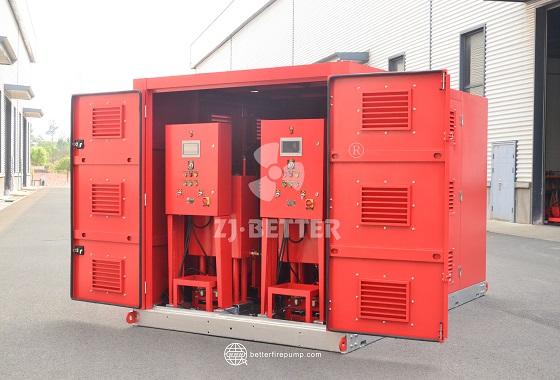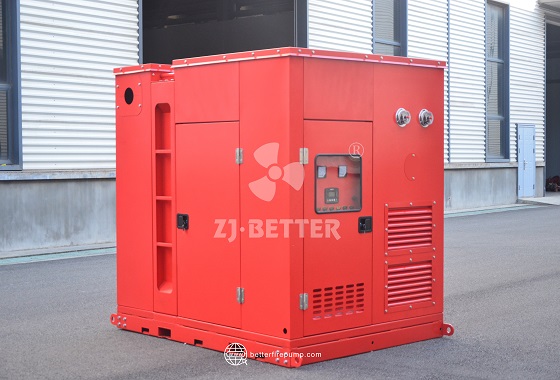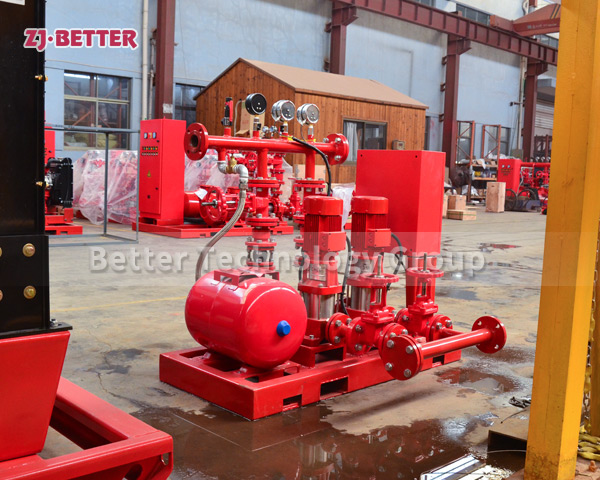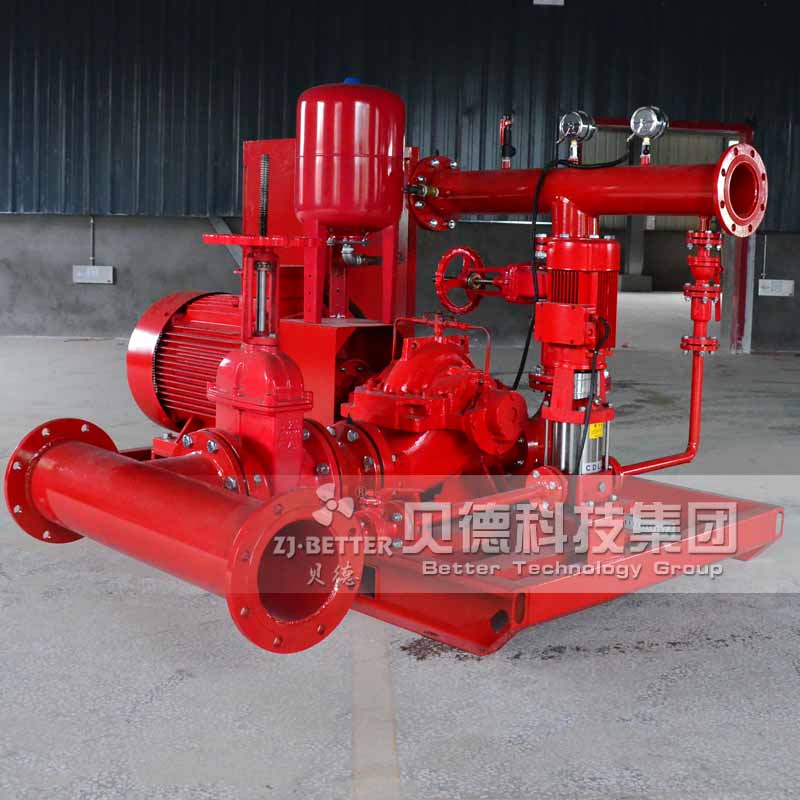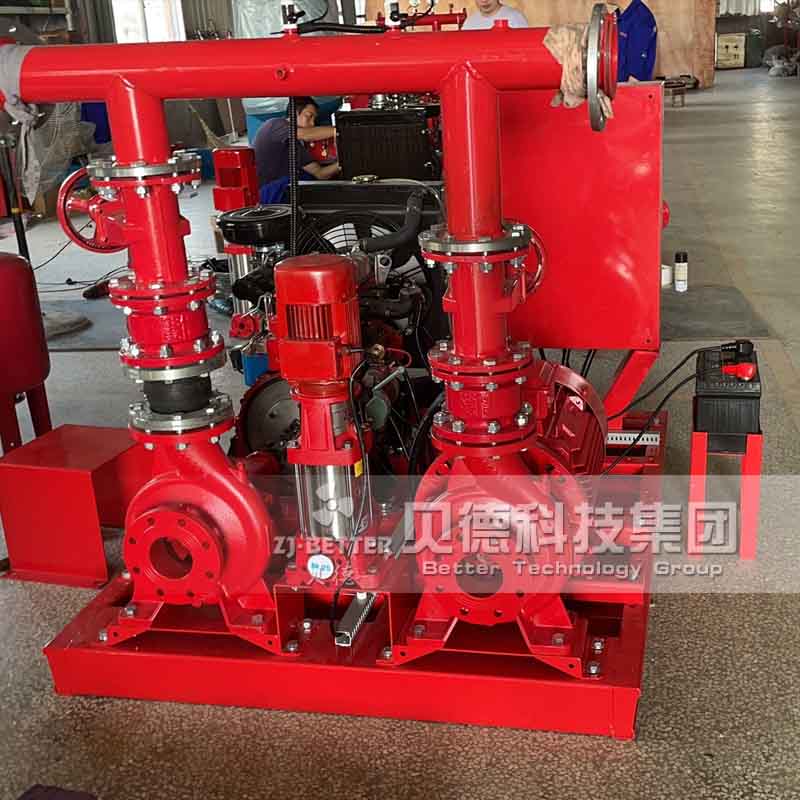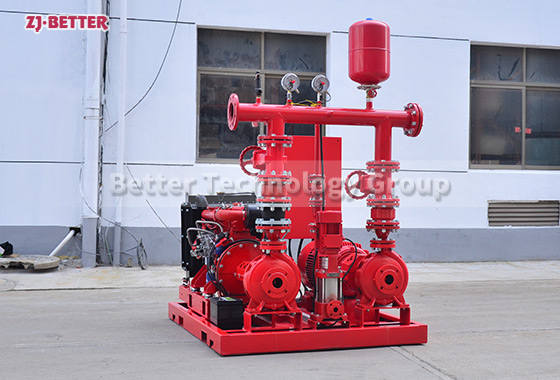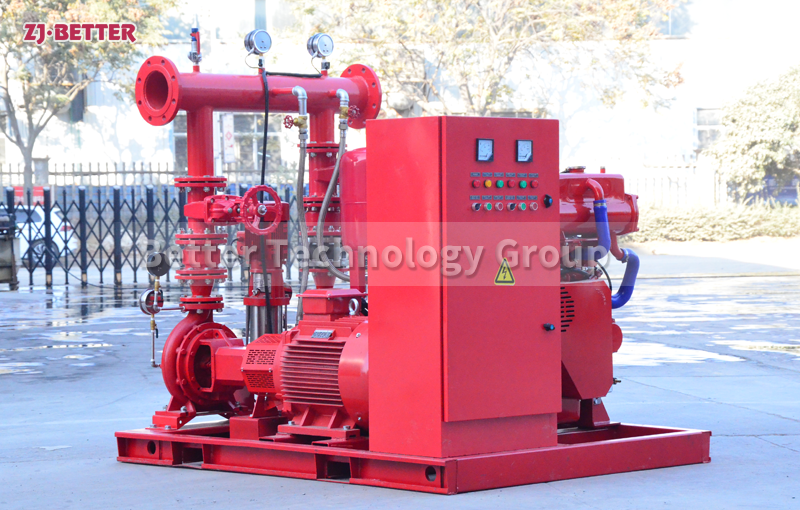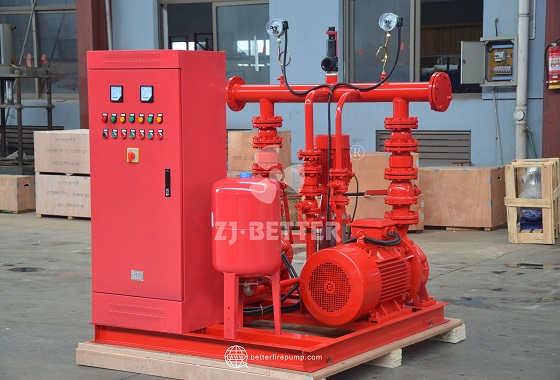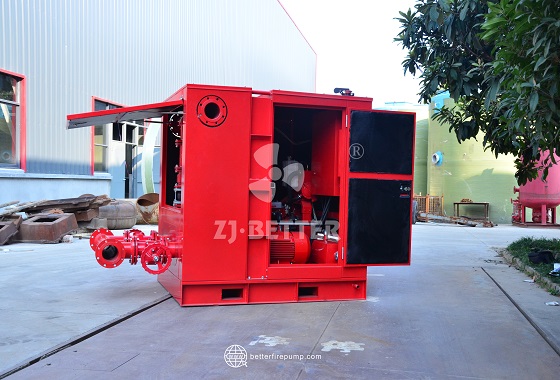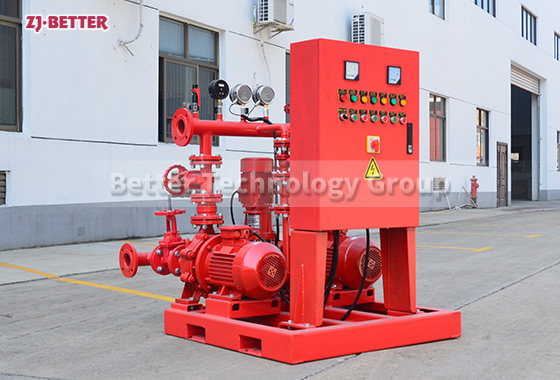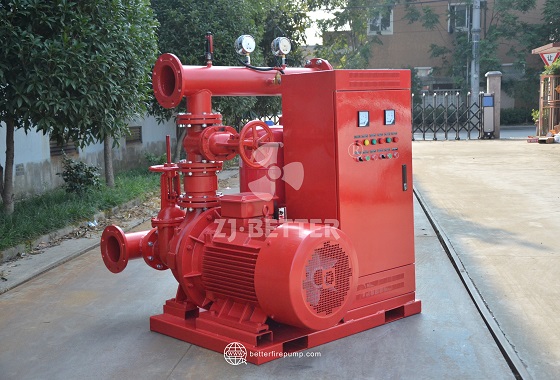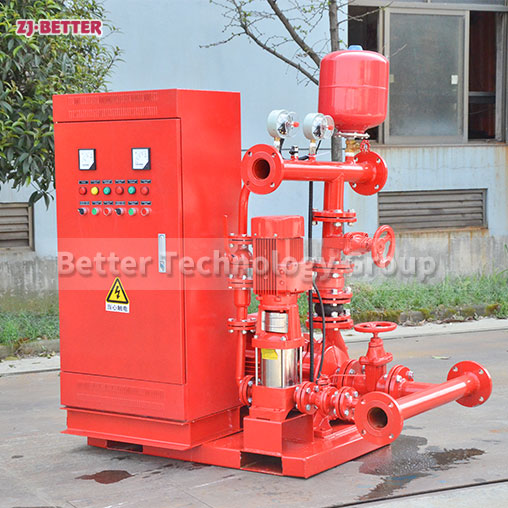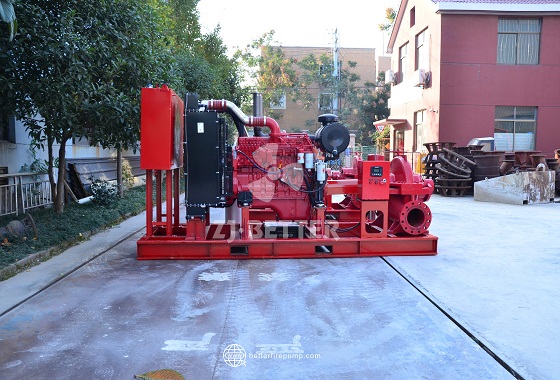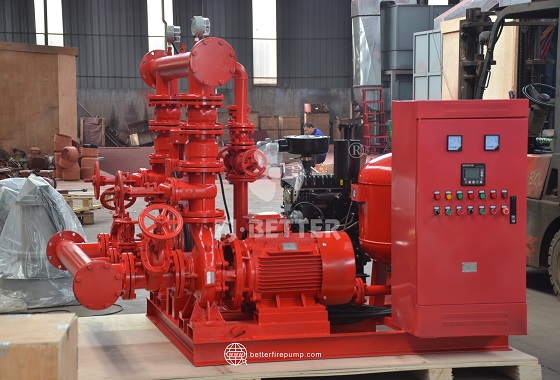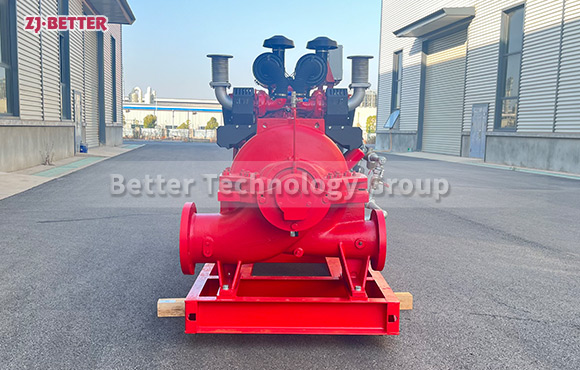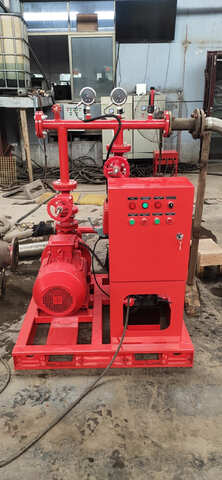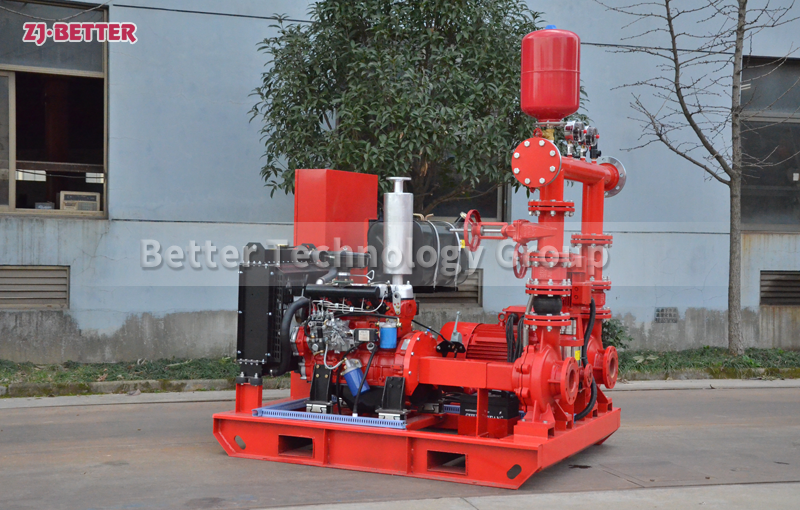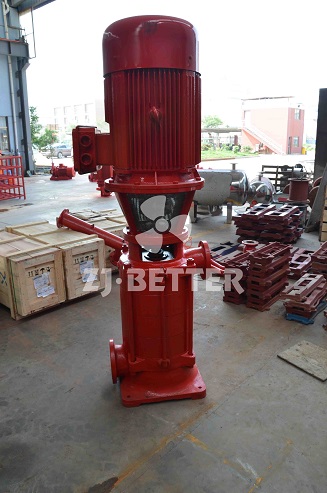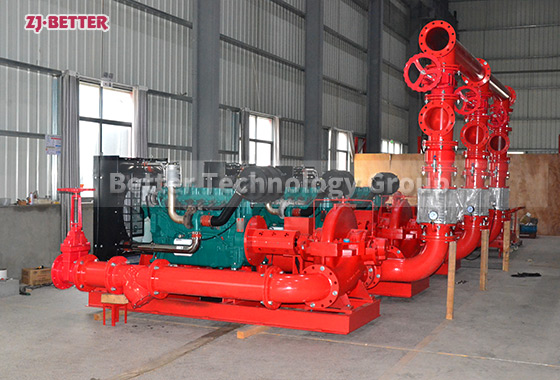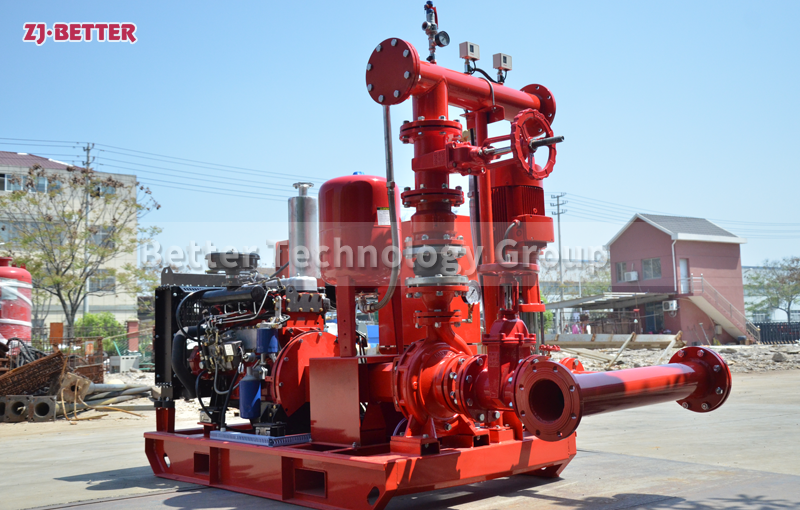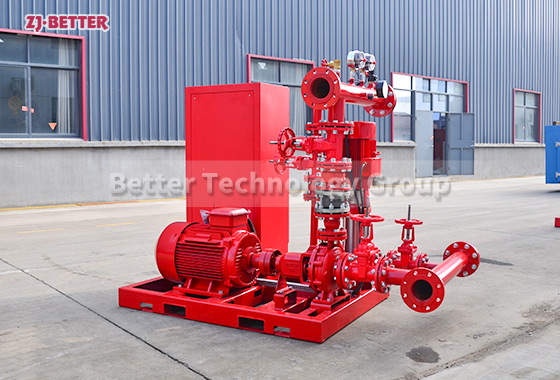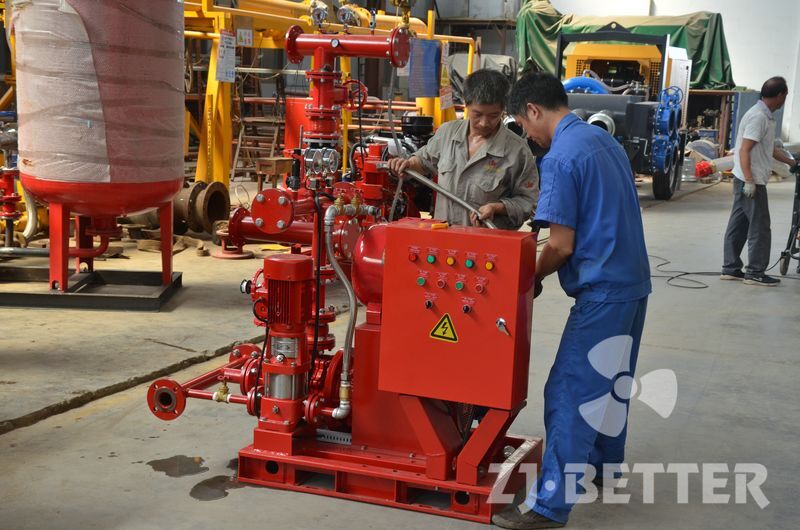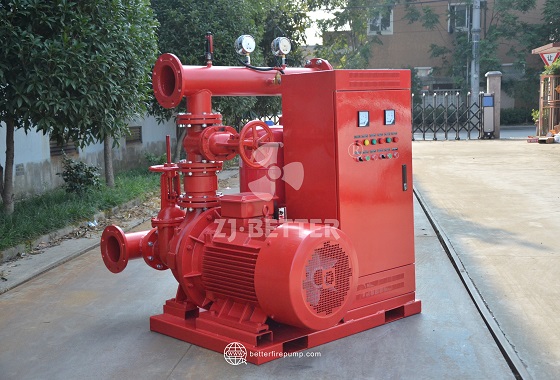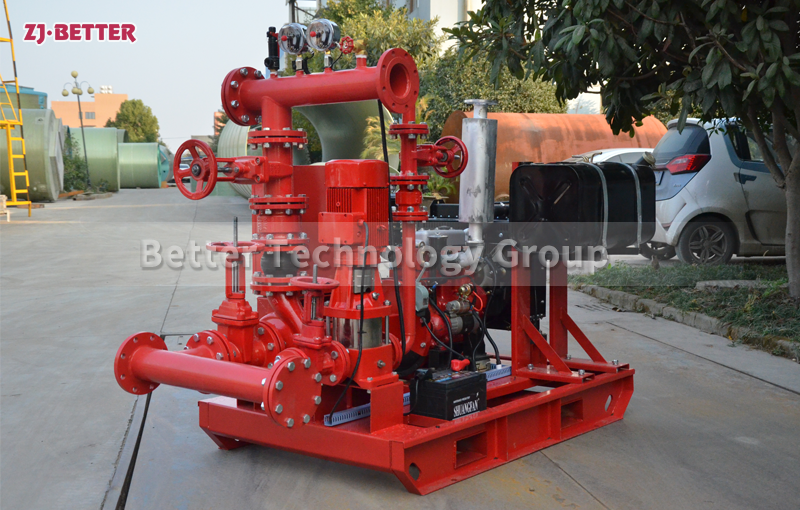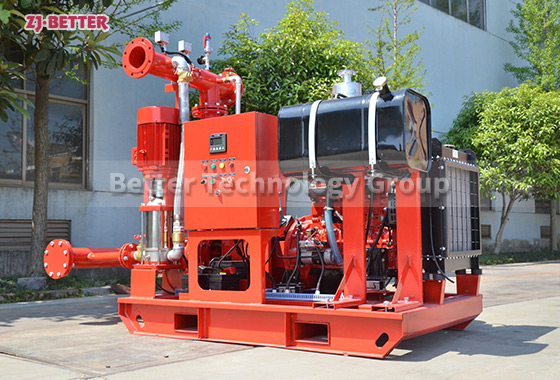Integrated Design Powers Smart Fire Protection: The Future of Dual-Control Diesel Pump Systems
Discover the future of smart fire protection with our dual-control cabinet diesel pump system. Designed for reliability, automation, and seamless integration in critical environments. Ideal for industrial and commercial fire safety.
In the context of modern buildings and industrial facilities placing higher demands on the reliability and response efficiency of fire protection systems, traditional single-control modes are no longer sufficient to meet the complex and ever-changing application requirements. In response, the integrated dual-electronic control box diesel pump system has emerged as a key solution leading the trend toward intelligent fire protection. This system integrates diesel engines, water pumps, control systems, and auxiliary equipment into a modular structure, significantly improving space utilization efficiency while enhancing system stability and operational intelligence. The core design principle of the dual-electronic control box lies in redundant control and zone-based intelligence. Two independent electronic control logic units manage the operation of the main pump and standby pump, respectively. In the event of an anomaly in either system, the other control box seamlessly takes over operational tasks, ensuring the fire protection system remains on standby 24/7 without interruption. In practical applications, whether in commercial complexes, data centers, petrochemical terminals, power plants, or other facilities with extremely high requirements for continuous water supply, the system demonstrates exceptional stability and rapid response capabilities. Thanks to its integrated structure, on-site installation and commissioning time is significantly reduced. Users only need to connect the inlet and outlet pipes and cables to quickly put the system into operation, greatly reducing construction cycles and labor costs. The system’s PLC intelligent control module supports multi-mode operation control, featuring remote interconnection, fault self-diagnosis, and alarm upload functions, enabling seamless integration with smart fire protection platforms for cloud-based monitoring and maintenance management. Additionally, the electrical control cabinet includes multiple I/O interfaces and communication protocol interfaces, supporting protocols such as MODBUS and RS485, to meet users’ future expansion needs. The diesel pump section uses a high-performance industrial-grade diesel engine as the power core, paired with a high-head, high-efficiency centrifugal pump set. It can still start stably and continue to supply water in extreme scenarios such as power outages, establishing a truly “non-power-dependent” firefighting backup. Additionally, to ensure stable long-term operation, the system is equipped with multiple safety modules such as automatic preheating, forced air cooling, low oil pressure shutdown protection, and water temperature limit alarms, establishing comprehensive operational safety protection throughout the entire lifecycle. The external housing combines corrosion-resistant composite coating technology with a high-strength steel structure, offering waterproof, dustproof, and UV-resistant capabilities for outdoor operation. It can be deployed in harsh environments such as wilderness, high humidity, and high temperatures for long-term operation without degradation. As global urbanization and industrial intelligence accelerate, traditional decentralized equipment is being replaced by solutions with higher integration and stronger controllability. The dual-electrical control box diesel pump system is a prime example of this trend. It is not only a reliable choice in the current fire protection equipment field but also foreshadows the continued evolution of future intelligent fire protection systems toward automation, modularization, and remote operability. For users seeking efficient, intelligent, and durable solutions, this system is undoubtedly a wise choice for addressing complex fire protection challenges and ensuring the safe operation of critical facilities.

